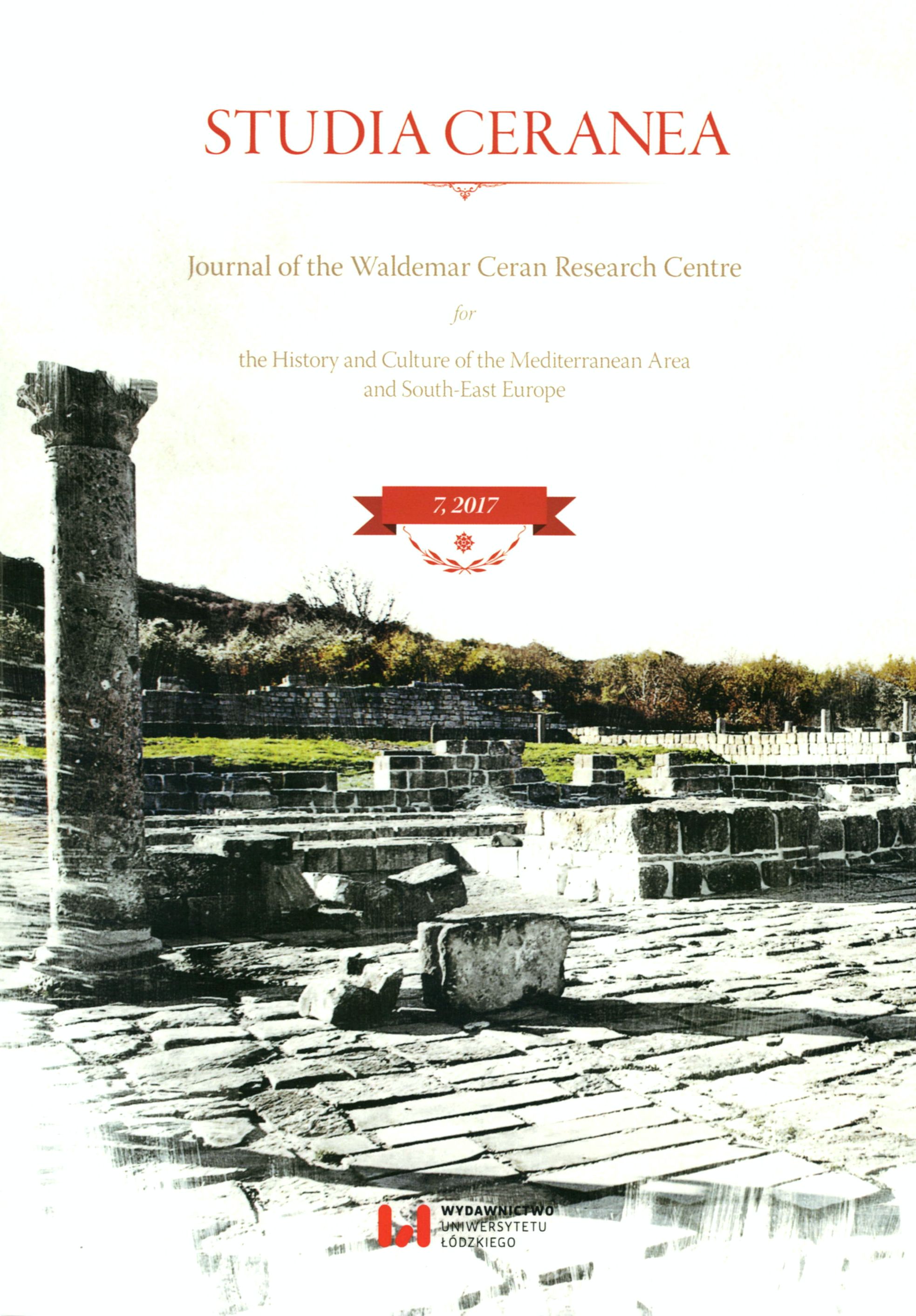The Chickpea (ἐρέβινϑος; Cicer arietinum L) as a Medicinal Foodstuff and Medicine in Selected Greek Medical Writings
The Chickpea (ἐρέβινϑος; Cicer arietinum L) as a Medicinal Foodstuff and Medicine in Selected Greek Medical Writings
Author(s): Maciej Kokoszko, Krzysztof Jagusiak, Jolanta DybałaSubject(s): Archaeology, Ancient World
Published by: Wydawnictwo Uniwersytetu Łódzkiego
Keywords: food history; ancient medicine; Byzantine medicine; the chickpea as a medicament; Diocles of Carystus; Dioscorides; Galen; Aetius of Amida; Paul of Aegina; Athenaeus of Naucratis
Summary/Abstract: Leguminous plants were a crucially important element in the Mediterranean diet, and, assuch, these plants were second only to cereals. It is also important to note that according to medical writings preserved from antiquity and the early Byzantine period they were considered to be anaccessible source of substances which could be applied in therapeutics. One of the most commonly mentioned legumes was the chickpea. The source material demonstrates that the medicinal properties of the chickpea and its therapeuticuse were discussed by Greek physicians as early as in the fourth century BC. It seems that the plant was a readily accessible medicament and thus used in therapy also by those who could not afford costly medicines. The authors argue, however, that the medical theory concerning its role in therapeutics evolved into a fully developed form only in the first century AD (thanks to Dioscorides) andwas not modified by Galen. The doctrine of these two physicians became part of the medical encyclopaedias of the early Byzantine period. The presented material also illustrates the fact that a significant number of medicinal Recipes which involved using the chickpea were formulated between the second century BC and the second century AD. Byzantine physicians avidly used these formulas in their practice, but failed to develop them in a significantly innovative way. The surviving medical writings make it possible to conclude that the chickpea was believed to be a highly effective medicine and as such worthy of cultivation, which only testifies to the general popularity of the plant. Medical writings may serve as a proof that the chickpea remained a key element in the Mediterranean diet throughout the period from the fourth century BC to the seventh century AD. The analysed material demonstrates the use of the same basic varieties of the erébinthos throughout the period, even though some local variants were also identified. The consistency of the data also suggests that the scale and methods of cultivation of this plant remained unchanged. The culinary uses of thechickpea must also have been the same throughout the period, given that the writers discussed similar uses of the plant as a foodstuff.
- Issue Year: 2017
- Issue No: 7
- Page Range: 99-120
- Page Count: 22
- Language: English

